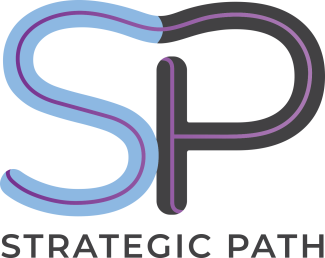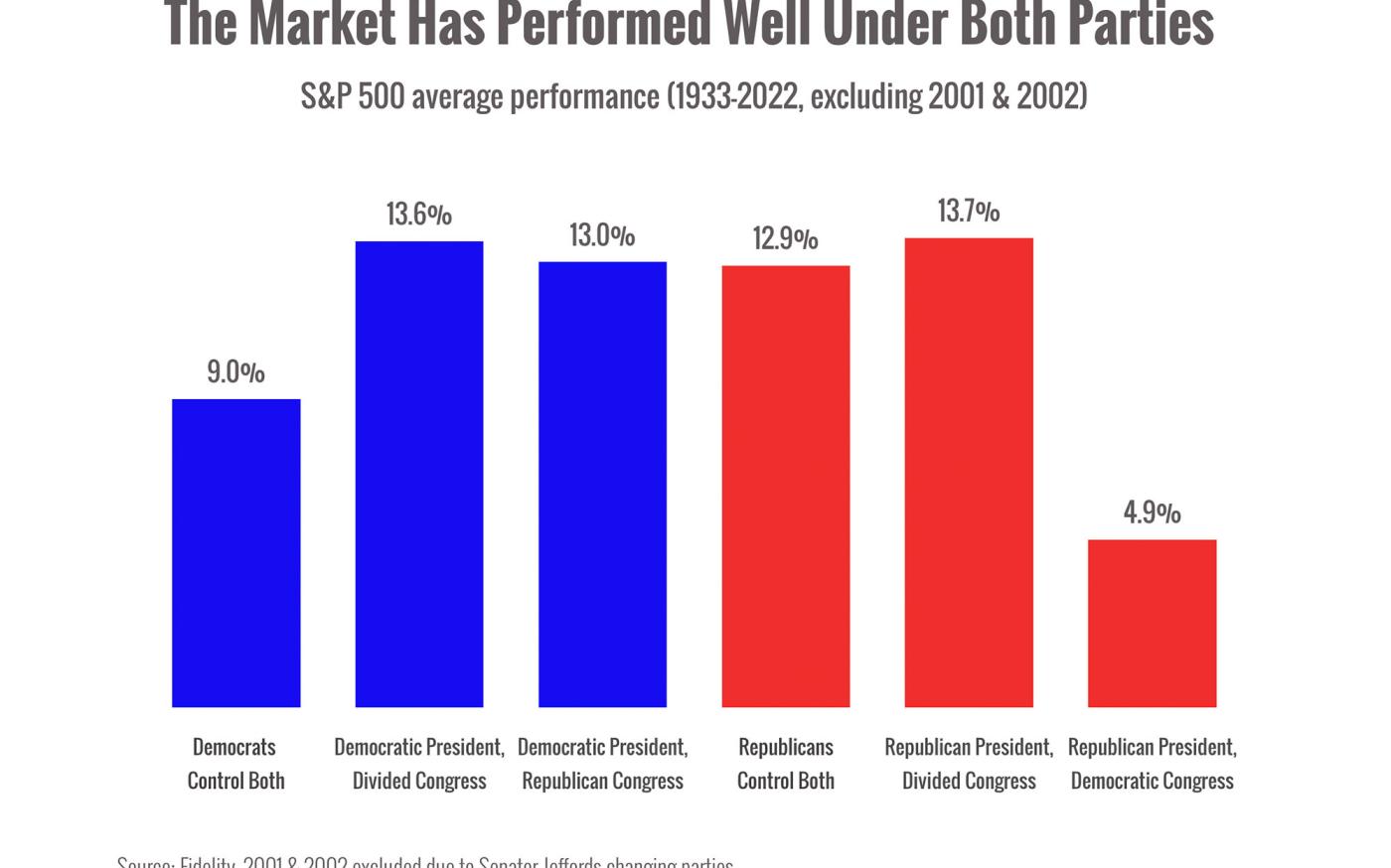
Four Options for Income Before Age 59 1/2
According to a report by Forbes Advisor (Tretina, 2022), the average retirement age in Pennsylvania is 64 years old. Why don’t people retire earlier? Some common reasons are that they don’t have enough money saved or they don’t know how they will pay for health care. Another reason (one that we see often) is that retirement distribution planning is complicated and confusing, especially before age 59 1/2. At Strategic Path, we help retirees navigate the challenges associated with early retirement. Below are some options to generate income in early retirement.
NON-RETIREMENT ASSETS
You can always use taxable non-retirement accounts or bank accounts to bridge the gap. If you have been holding on to employer stock or saved money in the bank, this may be a good time to use it. You could liquidate assets, such as a vacation home or collectibles. You may be able to eliminate or reduce capital gains taxes by cashing out these investments in years of lower income. If you have a life insurance policy that has built up a significant cash value, there may be ways to access those funds for retirement.
THE RULE OF 55
What is commonly known as the rule of 55 is covered in Internal Revenue Service ([IRS], 2020) notice 2020-62. Payments made from an eligible employer plan may qualify for a waiver on the 10% early distribution penalty if the payments are made after you have separated from service and if you will be at least age 55 in the year of the separation. If you don’t distribute the funds properly you could lose the penalty waiver, so make sure you are working with someone who knows what he or she is doing before taking any distributions. It is worth noting that this scenario does not cover distributions from an IRA (just from an employer plan). You may hear the terms 401(k) and IRA used interchangeably in many circumstances, but there are many differences in these types of accounts, and this is one of them!
SUBSTANTIALLY EQUAL PERIODIC PAYMENTS
Under section 72(t) of the Internal Revenue Code, there is an exemption from the 10% IRA distribution penalty if you take a “series of substantially equal periodic payments” (IRS, 2022). There are a lot of rules to follow and a few different calculation methods that are required to make this work. If you want to read more about it, check out the IRS (2022) website. In many cases, it makes sense to split your IRAs into separate accounts and use one for the distributions based on the IRS required formulas. A mistake with distributions or calculations could lead to penalization of all the distributions, so be careful and work with a professional!
ROTH IRA DISTRIBUTIONS
This option may take a little work ahead of time and may not be optimal if you are trying to minimize taxes, but it does allow you to avoid the early withdrawal penalty! Proper use of a Roth could create a pool of money for early retirement. There are a couple of different rules that need navigated for distributions from your Roth before age 59 ½ to make sense. There is a 5-year rule for contributions, as well as a 5-year rule for conversions. They are explained and outlined very well in Michael Kitces’s (2014) blog post “Understanding the two 5-year rules for Roth IRA contributions and conversions.”
One way to generate penalty-free distributions prior to age 59 ½ is to use Roth conversions. You could convert funds from your traditional IRA to a Roth IRA (and pay taxes on the conversion). You would let that money stay in the Roth IRA for 5 years and then take a distribution during your early retirement. If you were to do this prior to age 59 ½, and you took above the amount that you had converted, you would owe penalties and interest, but the contribution would come out tax free.
These strategies to create penalty-free distributions prior to age 59 ½ are by no means all-inclusive, but they are a few to get you thinking about your options. If you are considering an early retirement, feel free to reach out to us for a consultation, and we can see if we are a good fit for your planning needs.
Brian Hill, CFP®, Managing Partner/Advisor
References
Internal Revenue Service. (2020). Safe harbor explanations—Eligible rollover distributions (Notice 2020-62). https://www.irs.gov/pub/irs-drop/n-20-62.pdf
Internal Revenue Service. (2022). Substantially equal periodic payments. https://www.irs.gov/retirement-plans/substantially-equal-periodic-payments
Kitces, M. (2014, January 1).
Understanding the two 5-year rules for Roth IRA contributions and conversions. Nerd’s Eye View. https://www.kitces.com/blog/understanding-the-two-5-year-rules-for-roth-ira-contributions-and-conversions/?utm_campaign=meetedgar&utm_medium=social&utm_source=meetedgar.com
Tretina, K. (2022, October 13). The average age of retirement in the U.S. Forbes Advisor. https://www.forbes.com/advisor/retirement/average-retirement-age/
Note: Information is accurate at the time of publication, January 2023.
Advisory services offered through Commonwealth Financial Network®, Member FINRA/SIPC, a Registered Investment Adviser. Fixed insurance products and services are separate from and not offered through Commonwealth.


